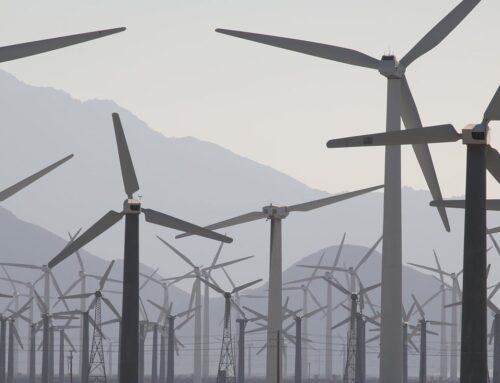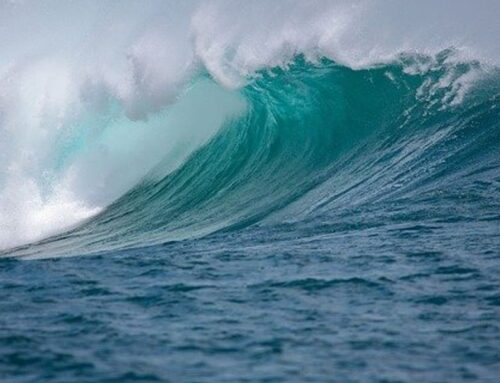Plight of loughs and rivers dominates environment news
December 29, 2024
Plight of loughs and rivers dominates environment news
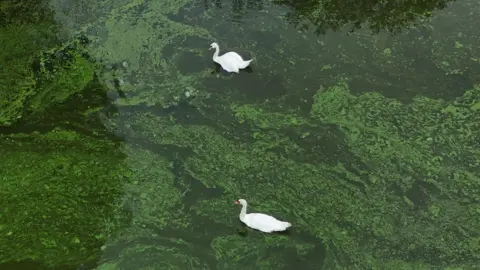 PA Media
PA MediaThere was a distinctly watery theme to 2024 in agricultural and environmental terms.
From Lough Neagh to Belfast Lough, concerns about the health and wellbeing of our waterways hit the headlines throughout the year.
For the new Agriculture, Environment, and Rural Affairs Minister Andrew Muir, it meant a visit to Lough Neagh when he had barely got his feet under the table.
He told BBC News of his expectations for Lough Neagh in 2024.
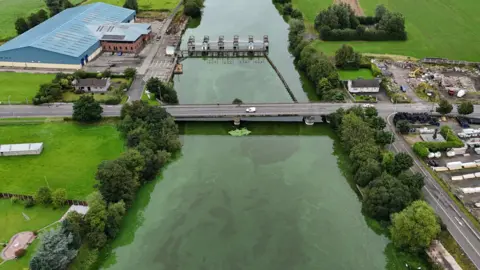 PA Media
PA Media“What happened and what we saw last summer, it’s really very highly likely that’s going to happen again,” he said.
“But what we need to do is work together to bring solutions to this.”
Blue-green algae was identified as a priority, both in the assembly and in the minister’s portfolio.
With winter findings of blue-green algae in several locations, the prospect of a repeat of 2023’s crisis had the local community worried.
But it would be July before the Lough Neagh Action Plan was approved by the executive, and by then, the algal blooms were back in full force.
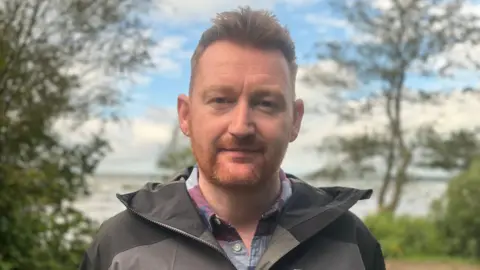
Work by scientists at Queen’s University Belfast raised wider issues of concern around the impact on public health.
The team at the Institute for Global Food Security analysed the algal scum from 2023 to find out what it contained.
Dr Neil Reid, who led the research, said it was dominated by bacteria associated with wildfowl or livestock faeces or human-effluent wastewater treatment.
“These sludgy mats are full of e-coli, salmonella, clostridium – bacteria that are really going to make people ill if they consume them, they touch their face, they get it into their mouths,” he said.
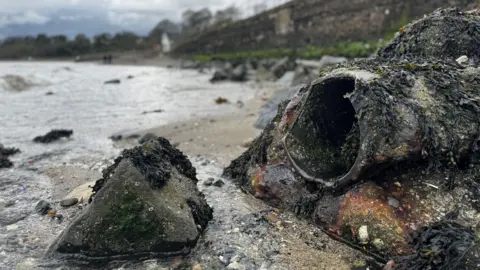
In September, a report by the Office for Environmental Protection (OEP) outlined a potential breach of environmental law by Daera on protecting water quality.
The OEP’s chief executive, Natalie Prosse,r said it was a worrying picture.
“Unfortunately, we don’t have far to go to see the serious consequences when water quality is neglected, as the ongoing crisis at Lough Neagh shows,” she said.
A few months later, NI Water said the volume of sewage being pumped into Belfast Lough from combined storm overflows (CSOs) did break the law.
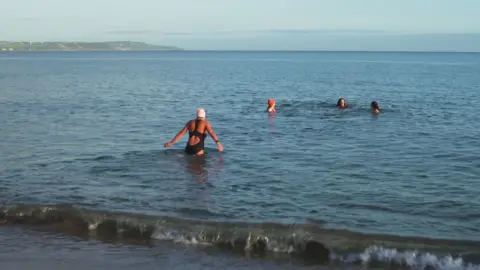
Paddy Brow from NI Water wrote The Story of Belfast Lough report to highlight the issues.
“Really, 90% of the excess bacteria we have in Belfast Lough are coming from discharges controlled by Northern Ireland Water,” he said.
“It’s also eutrophic, which means it’s likely to have the same algae blooms that happen in Lough Neagh because there’s too much nutrients.
“And we know that discharges from Northern Ireland Water are responsible for over 50% of that.”
That is threatening the commercial mussel beds that play a key role in the management of water quality in the lough, with a risk that some may be abandoned as unprofitable.
Agri-Food and Biosciences Institute scientist Dr Matt Service said that could mean a “feedback loop” would begin, where, without mussels to filter the water, quality would begin to decrease.
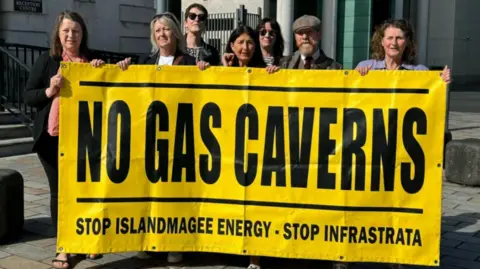
Campaigners celebrated as legal challenges to two different fossil fuel projects were successful.
Lisa Dobbie, who led the long-term campaign against gas storage caverns under Larne Lough, said it was “a win for the community, wildlife, and the environment.”
But their joy was put on hold when the Department of Agriculture, Environment and Rural Affairs sought leave to appeal to the Supreme Court over the constitutional implications of the judgement.
That application was rejected in December.
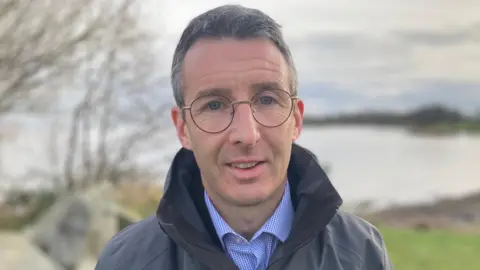
 Pacemaker
PacemakerThe new chancellor’s budget in October brought uncertainty for farmers.
Since 1984, they have mostly not had to pay inheritance tax thanks to Agricultural Property Relief and Business Property Relief.
The shock announcement of a £1 million cap on Agricultural Property Relief led to the Northern Ireland farming community coming out in their thousands to protest at Balmoral Park.
The department’s figures suggested a third of all farms in Northern Ireland would be affected by the change.
Farmers told BBC News NI of their concerns.
“Whatever the farm value is, it is well known that the return on that is 0.5% net profit per year – which is peanuts,” said Dungiven farmer Ian Buchanan.
“60-80% of all farm income over the last 10 years in Northern Ireland comes from subsidies.
“Farms are like parcels that are passed down; you don’t open it, but you just pass it on – farms are not generally sold unless a [family] line dies out.
“This is incredibly tough for a lot of farmers and I do feel there is a lot of mental stress within the community.”
Search
RECENT PRESS RELEASES
Related Post
